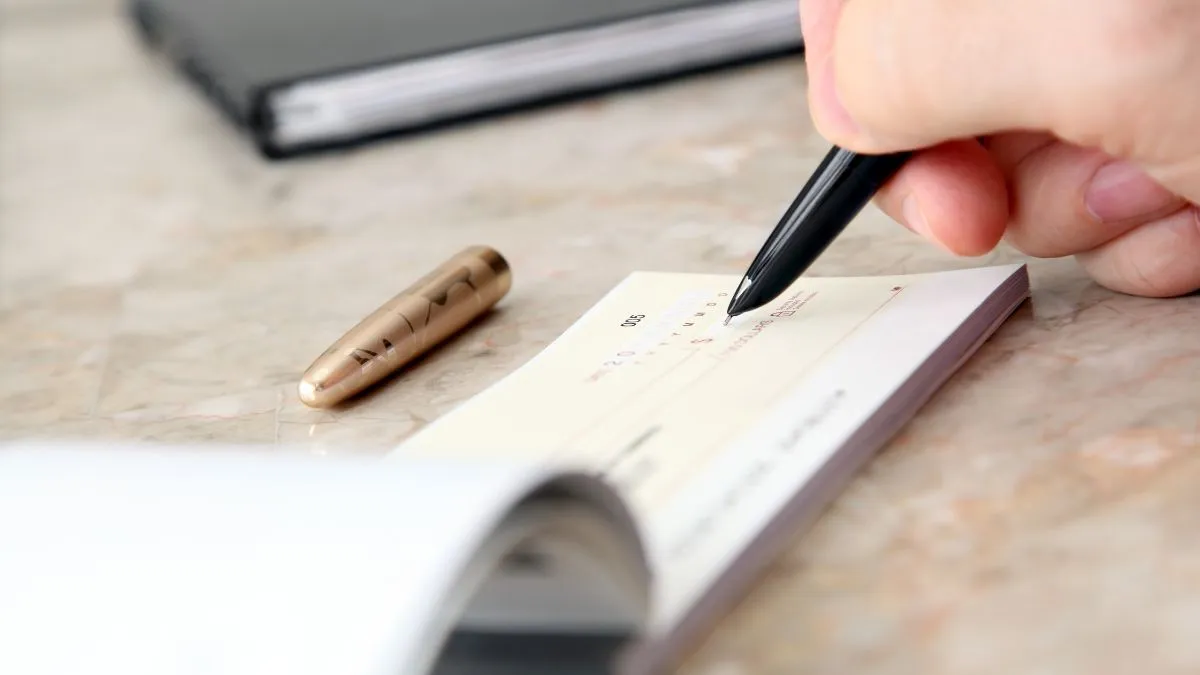- By Mayukh Debnath
- Thu, 08 Aug 2024 09:04 PM (IST)
- Source:IANS
Cheque Clearance Time: The time taken in the clearance of cheques will soon be reduced to a few hours from the present 2-3 working days, according to Reserve Bank of India (RBI) Governor Shaktikanta Das.
"At present, cheque clearing through Cheque Truncation System (CTS) operates in a batch processing mode and has a clearing cycle of up to two working days. It is proposed to reduce the clearing cycle by introducing continuous clearing with 'on-realisation-settlement' in CTS," he said during the Monetary Policy Committee meeting on Thursday.
"This means that cheques will be cleared within a few hours on the day of presentation. This will speed up cheque payments and benefit both the payer and the payee," Das added.
WHAT IS CHEQUE TRUNCATION?
Truncation is the process of replacing the flow of the physical cheque issued by a drawer from the presenting bank to the paying bank branch. Instead of the physical cheque, the paying branch receives an electronic image of the cheque from the clearing house, which transmits the relevant information such as the MICR band, date of presentation, and the presenting bank.
BENEFITS OF CTS IN CHEQUE CLEARANCE
CTS thus obviates the need to move the physical instruments across bank branches, other than in exceptional circumstances for clearing purposes. This effectively eliminates the associated cost of movement of the physical cheques, reduces the time required for their collection and expedites cheque processing.
(With inputs from IANS)
